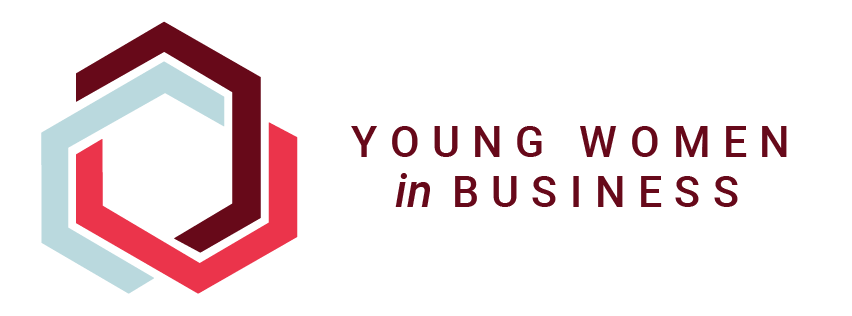-
Can you tell us about Covenant House, your role there, and how you got involved?
Founded in 1997, Covenant House Vancouver offers a clear exit from life on the street for youth aged 16 to 24. We make this possible through a carefully designed Continuum of Care including a daily drop-in, a 54 bed residential crisis program, a transitional living program, relapse prevention, and life-skills training. Each and every day, young people come to us damaged from the abuses of their past, desperately needing love and guidance. Over the next year, more than 1,400 homeless young people will come to Covenant House Vancouver and take the first steps in creating a better life for themselves.
My name is Mark Savard and my role is Development Officer – Community Giving. I’m part of the Development and Communications team which includes: fundraising, volunteers, communications, and gifts-in-kind administration. I’m responsible for working (and fundraising) with: schools, community groups, service clubs, employee groups, and stewarding third party events (individuals or groups creating events benefitting Covenant House). I’ve been in this particular role for 8 years and have been on this team at Covenant house for 10 years. I always say that I ‘fell into it backwards’ – starting out on contract. I’ve had the opportunity to grow with the agency and I’ve never looked back! From my first day here I was very impressed with the program delivery model.
Youth accessing Covenant House’s programs and services are met ‘where they’re at’. They drive what they want to do and are accompanied through their journey with us by Youth Workers. Some youth may use all three programs; some may need just one. It all depends on their individual needs. We refer to our programs collectively as our ‘Continuum of Care’. Ultimately, we provide the programs and services that allow youth to leave the streets behind for good by providing a hand up, and not a handout.
-
With winter upon us, how can people best support or get involved with Covenant House and the great work you do?
There are a few options to help Covenant House in its work with homeless youth:
Donating items:
Gently used clothing appropriate for youth in our age range of 16 to 24, donating new toiletry items, socks, and/or underwear. Non-perishable food is welcome however it does need to be commercially prepared (we can’t accept food made at home).
Financial donations are always welcome:
We’re 95% privately funded so individuals, corporations, foundations, community, and employee groups sustain the work we do. You can donate online, via phone, or mail. You can also become a monthly donor!
Third party events:
People can hold all kinds of fundraisers from bake sales to birthdays. We have a peer-to-peer fundraising website where people, groups, and/or teams can set up fundraising pages then encourage friends and family to support them (they get instant tax receipts when donating online).Short-term volunteering: We hold thank-a-thons in our offices at the Drake Street building. This involves calling donors to simply say ‘thank you’ for their recent gift. We do this twice per week in October and November (plus a few dates in December) then again in February, April, and May. The application is brief and not the same process as the regular volunteer positions.
Long-term (regular) volunteer positions:
To hold a regular volunteer position at Covenant House you need to be at least 26 years old. There’s a fairly rigorous process involving: an application, one-on-one meeting with our Manager of Volunteers, police check, and group orientation.
Mentor Program:
This is a new opportunity to act as a mentor for youth residing in our transitional living program. You have to be at least 25 years old and be able to meet with your mentee once per month in person and be available via phone and/or email once per week.
-
What piece of advice would you give to the members of Young Women in Business Vancouver in regards to professional and/or personal development?
My grandmother told me, “never stop learning”, which I’ve endeavored to do (and I’m middle aged now!). It doesn’t have to be learning in the formalized (school) sense, but being open to new ideas, networks, and opportunities. When networking and meeting new people, I think about what I could possibly do for them and what other networks I know of that they could benefit from. Of course everyone you meet has a story so there’s learning potential from each person you encounter!
A couple of my favourite quotes come from Eleanor Roosevelt:
“Do one thing that scares you every day”.
“You have to accept whatever comes and the only important thing is that you meet it with courage and with the best that you have to give”.





